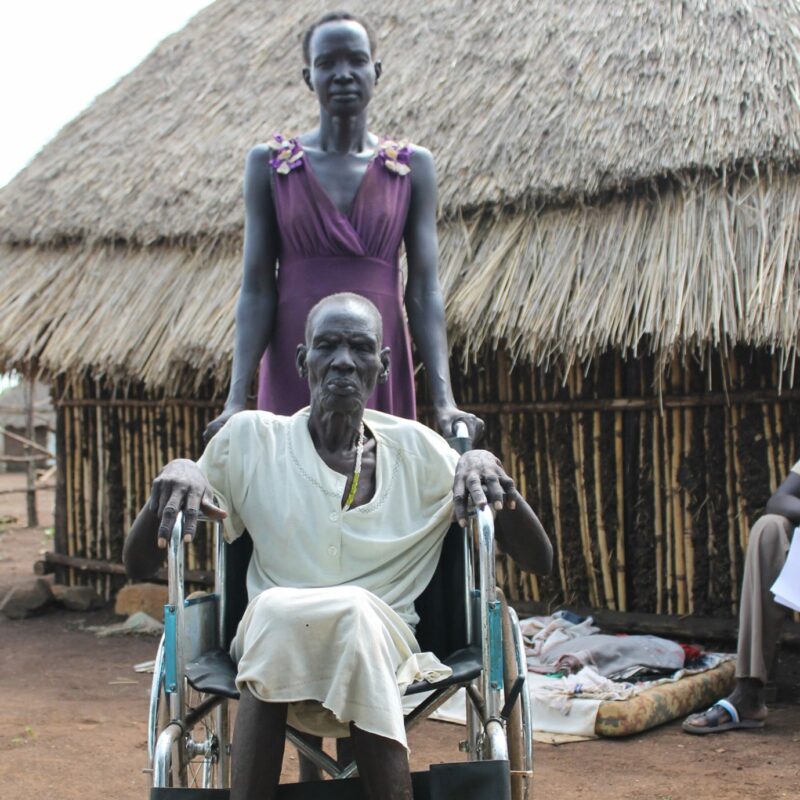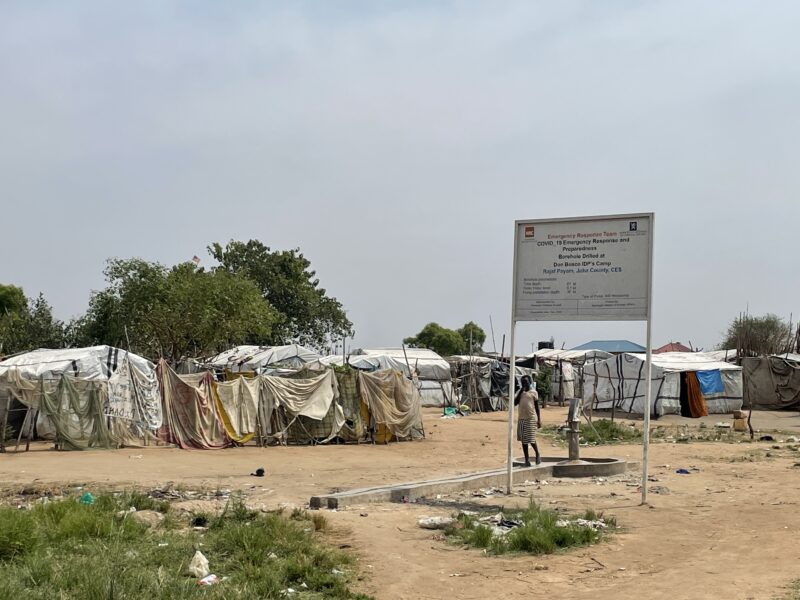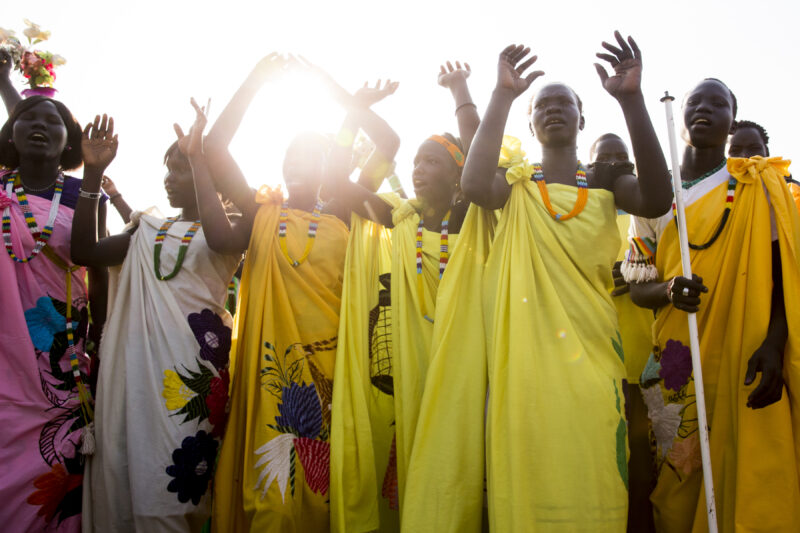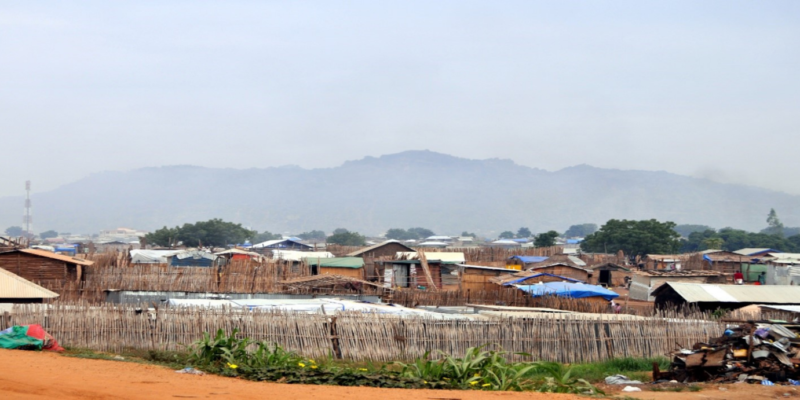What are the individual, community and structural factors impacting displacement patterns in South Sudan?
Tag: lived experience

“We have impoverished each other”: the depletion of resources for host communities and the dilemma of durable solution for the IDPs in the Konso Zone and the Benishangul-Gumuz Region of Ethiopia
Ethiopia set a world record for internally displaced people (IDPs) two times (in 2018 and 2021) in three years. As of March 2022, an estimated 5,582,000 persons were displaced within

Caught between a rock and a hard place: Conflict, displacement, and drought in Konso, Ethiopia
This blog is related to an upcoming research study on conflict and displacement in two regional states in Ethiopia. “… Whether we stay in this camp or return to our

Who are the ‘returnees’ in South Sudan?
South Sudan is experiencing different types of movements that are often labelled as ‘return’. Despite ongoing insecurity and a chronic shortage of essential services, it has been estimated that 505,511

The ‘Maid Trade’ – The case of women migrants from Uganda to the Gulf Countries
This blog is related to an upcoming report by the Research and Evidence Facility on women’s labour migration to the Gulf Countries. The full report will be available in September

Disability inclusion for refugees in Ethiopia: an urgent need
The Research and Evidence Facility commissioned a rapid review of existing evidence on disability inclusion for refugees in Ethiopia, focusing on the experiences, protection needs, barriers and opportunities to providing protection.

Split Across Borders: Displacement patterns in Juba, South Sudan
In South Sudan, mobility and displacement have been part of people’s lived experiences for generations.

From a ‘crisis of migration’ to everyday ‘mobile livelihoods’
Caitlin Sturridge outlines the growing evidence for understanding mobility as a relatively unremarkable part of everyday life, development and change.

Study launch: displacement, return and reintegration in South Sudan
REF and Samuel Hall are launching a study on displacement, return and reintegration in South Sudan.

Resilience in action on the drylands of Turkana
To understand resilience, I realised I should instead start living, working, resting, playing, and hearing stories as much as my untrained body would allow—there where shade is only found in the shadows of clouds.
